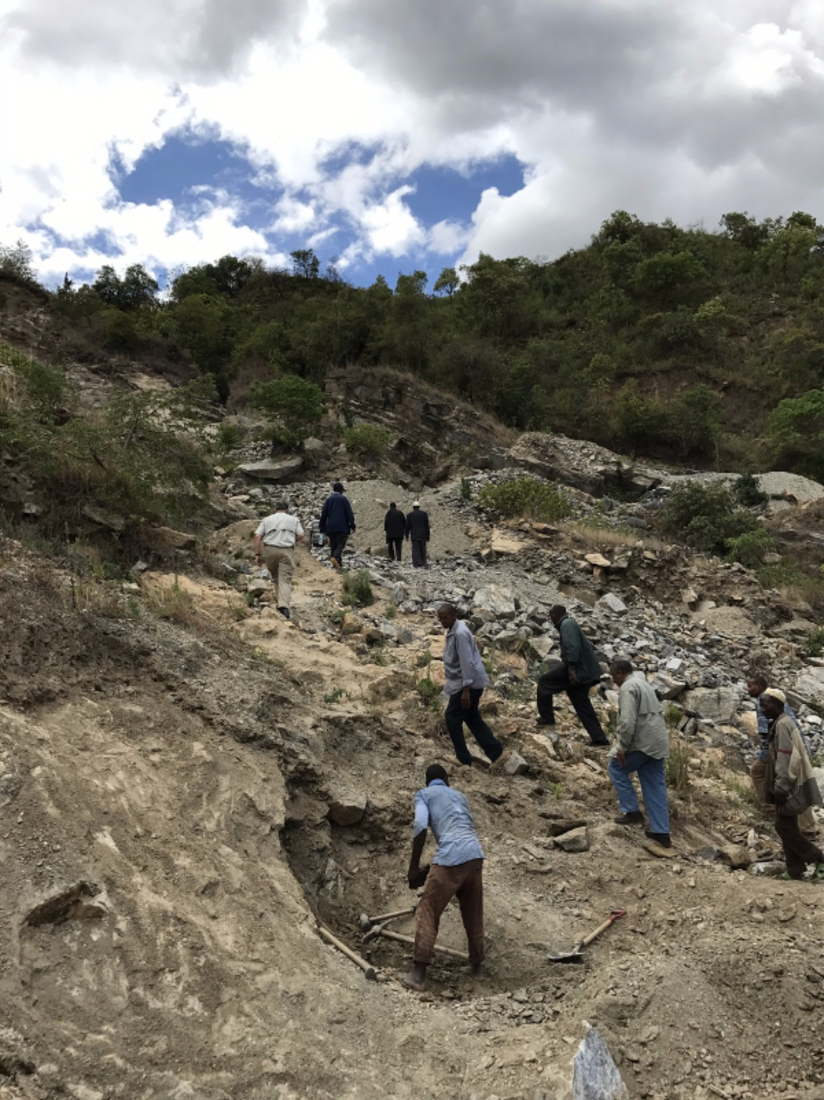Join us as we reminisce our recent experiences in Tanzania….we’re driving west from Arusha through the fertile Rift Valley, elevation 4500 feet, the air a comfortable 70 degrees. The rainy season has started in Tanzania so the valley floor is lush, green, and prosperous, planted with crops of sugarcane, banana, and chickpeas. The panorama is spectacular and our Land Cruiser is silent as we take in the view.
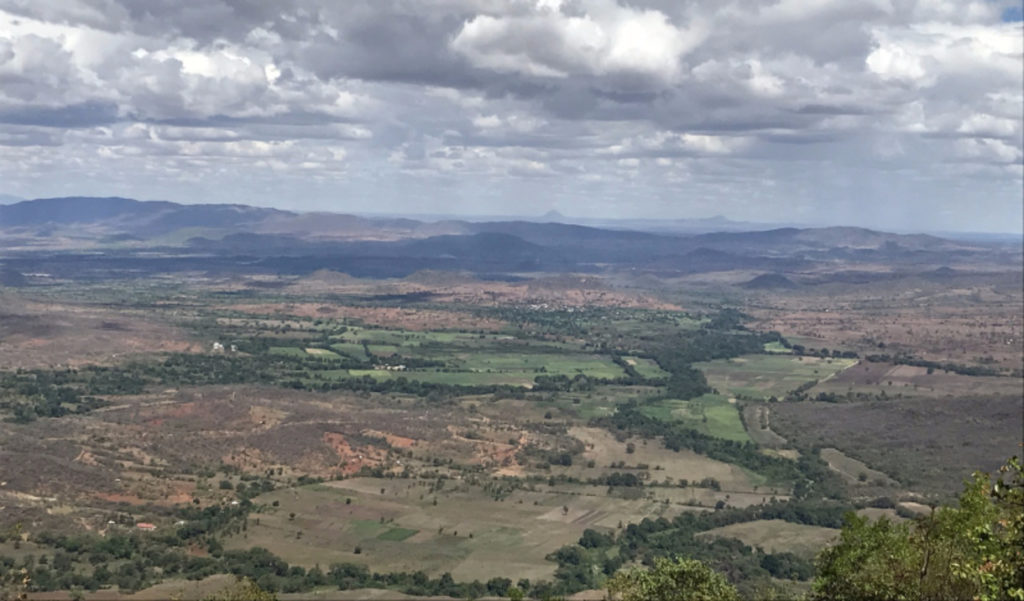
Mines never seem to be in easy-to-find locations. 🙂 We drive on the valley floor for three hours before reaching the “town” of Babati and turning onto a hand-built, rugged, potted, rocky “road.” It twists and turns, hugging the sides of the mountain, while we climb to 5700 feet over the next hour and a half.
When we reach the top of the mountain (or rather the end of the road), the mine owner, Kalebis, shocks us by saying the Iolite miners walk to work on the road we just drove. We walk the rest of the way…a 20-minute downhill walk on a barely visible path strewn with rocks, roots, and thorny acacia bushes (the way back up takes us a few minutes longer!).
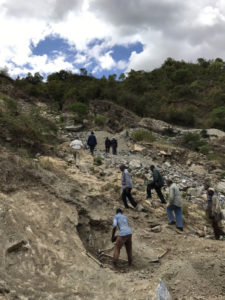
Our reward: we are the first Westerners to ever venture to this Iolite mine! Babati is home to the majority of the world’s Iolite. The Iolite’s host material is a silver, flaky, and slippery combination of mica and graphite, which the miners spend their days breaking down with axes and hammers.
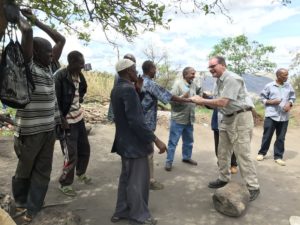
Kalebis was very gracious in letting us explore their workplace. The mine has been in his family since 1972. We discovered it is his passion for Iolite that continues to bring Iolite to the light of day and let it be adored by people around the world!
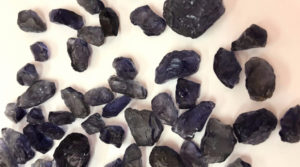
The real discovery on the Road to Babati is the miners’ passion for pursuing Iolite.

